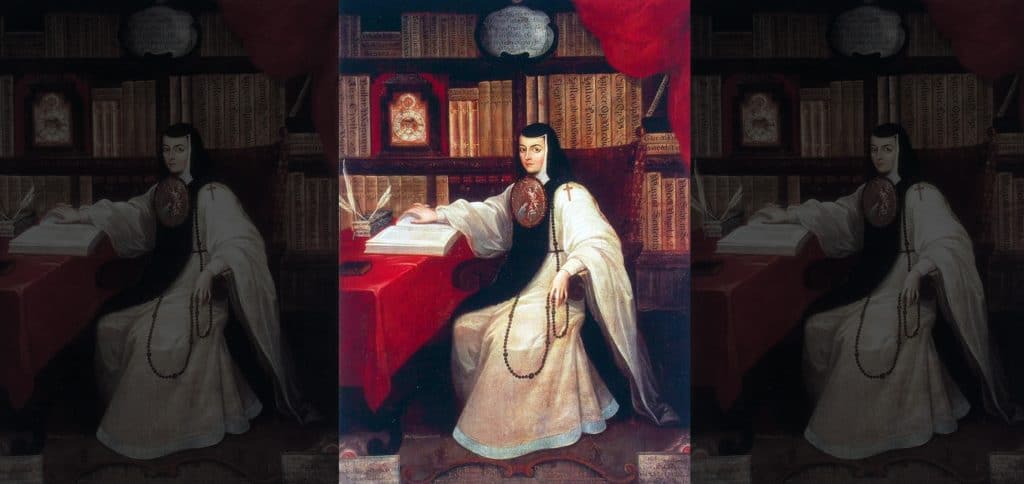Key Ideas
1. Women were integral to the formation and evolution of early colonial settlements in the Americas.
2. The experiences of women in the early colonial period varied widely based on race, class, age, gender identity, and geographic region.
3. The full story of the early colonial period cannot be properly understood without considering the experiences of women.
Introduction
The early colonial era is roughly defined as beginning with the arrival of Christopher Columbus in the Americas in 1492 and ending in the early 1700s. The European colonization of the Americas changed the world forever, connecting continents that had little interaction before. For the European empires that settled on this side of the Atlantic, the colonies brought some hardship but plenty of opportunity for trade and wealth. But the Indigenous communities across North and South America faced horrendous impacts on their population and lifestyles, as did the enslaved Africans who were forcibly taken to work in the European settlements in the Americas.
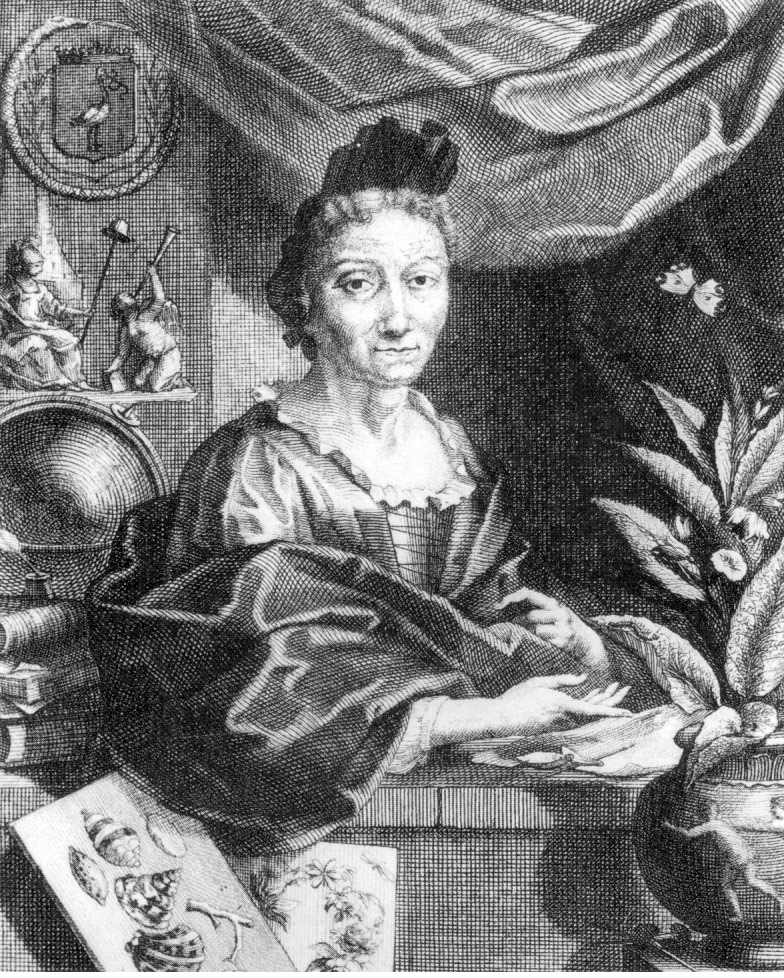
Jacobus Houbraken from Georg Gsell, An occupational portrait of Maria Sybilla Merian, 1700. Das Insektenbuch. Insel Verlag, 1991.
Women played a significant role in both the development of the American colonies and the resistance to them. Women who migrated from Europe participated enthusiastically in the process of settlement, and their fertility was crucial to the rapid expansion of settler populations. Many enslaved Indigenous and African women were forced into the heavy physical labor of constructing settlements, working plantations, and performing domestic work. But Indigenous and African women also passionately resisted colonization, fighting for their own freedom as well as the freedom of their communities.
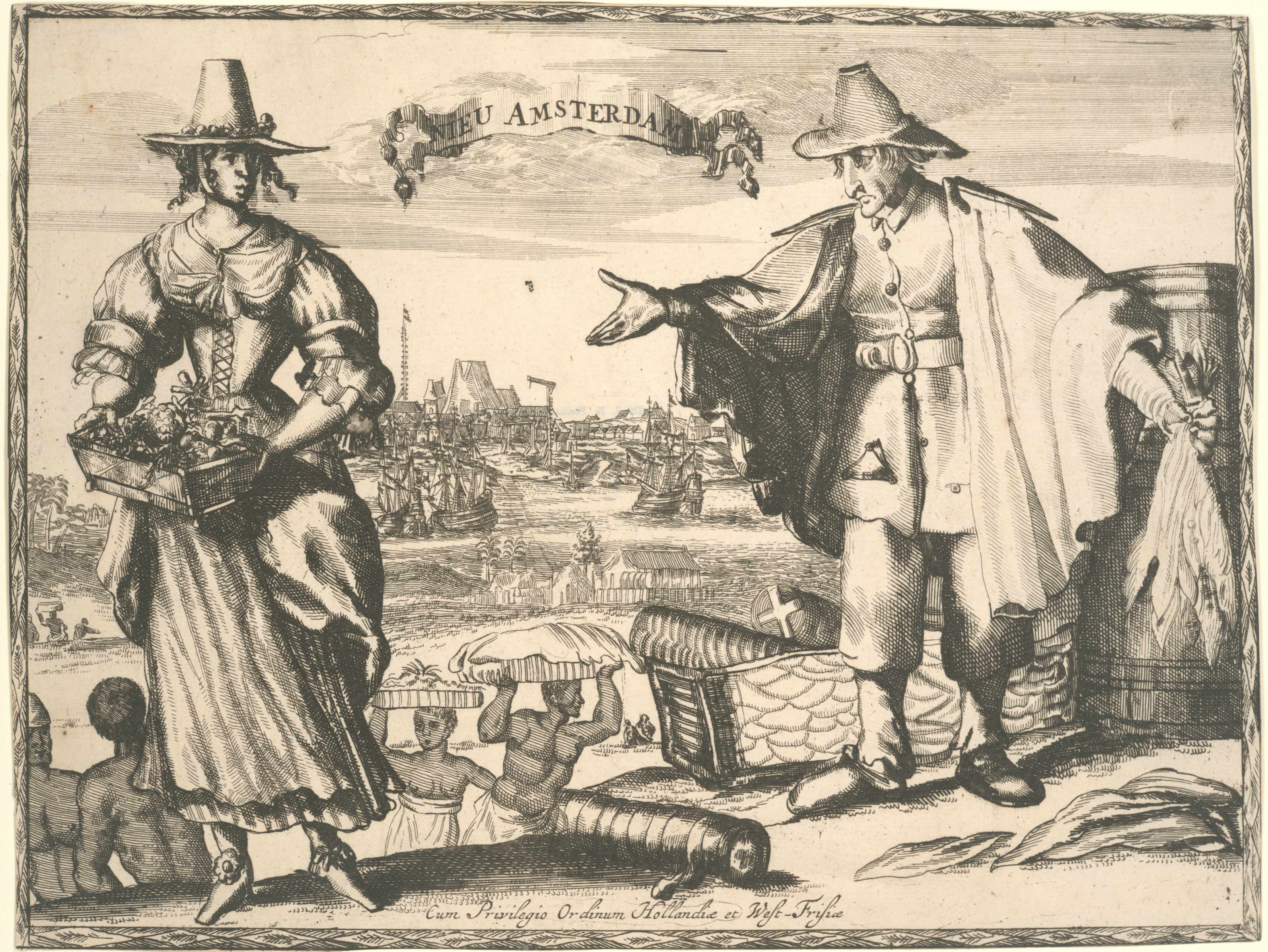
Nieu Amsterdam. Cum Privilegio Ordinum Hollandiae et West-Frisae, ca. 1640. I.N. Phelps Stokes Collection, Miriam & Ira D. Wallach Division of Art, Prints and Photographs, New York Public Library, Astor, Lenox and Tilden Foundation.
Early Encounters, 1492-1734 is divided into four sections, each focusing on a different colonial power. Although these sections are organized by European colonies, resources within each section include perspectives of Indigenous and enslaved African women. Each resource includes background information and vocabulary lists to provide context. Resources also include suggested activities and how to combine different resources on a certain topic. You can easily integrate these materials into current lesson plans or structure new lessons around them. Many resources in this unit allow you to teach historical themes and topics in your curriculum by including the perspective of women in this era.
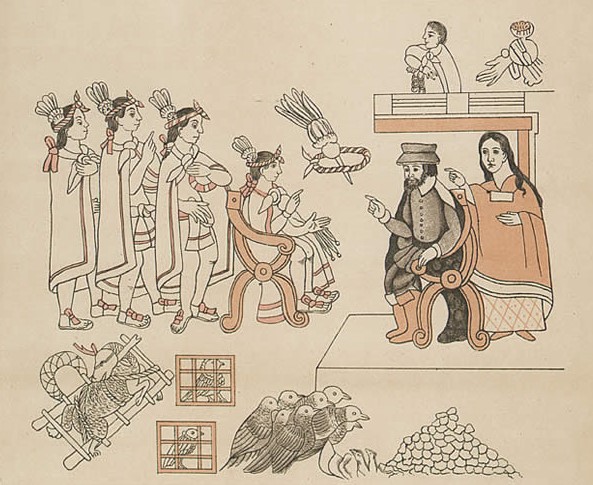
Lienzo de Tlaxcala, Fascimile, 1890. The Bancroft Library, the University of California, Berkeley.
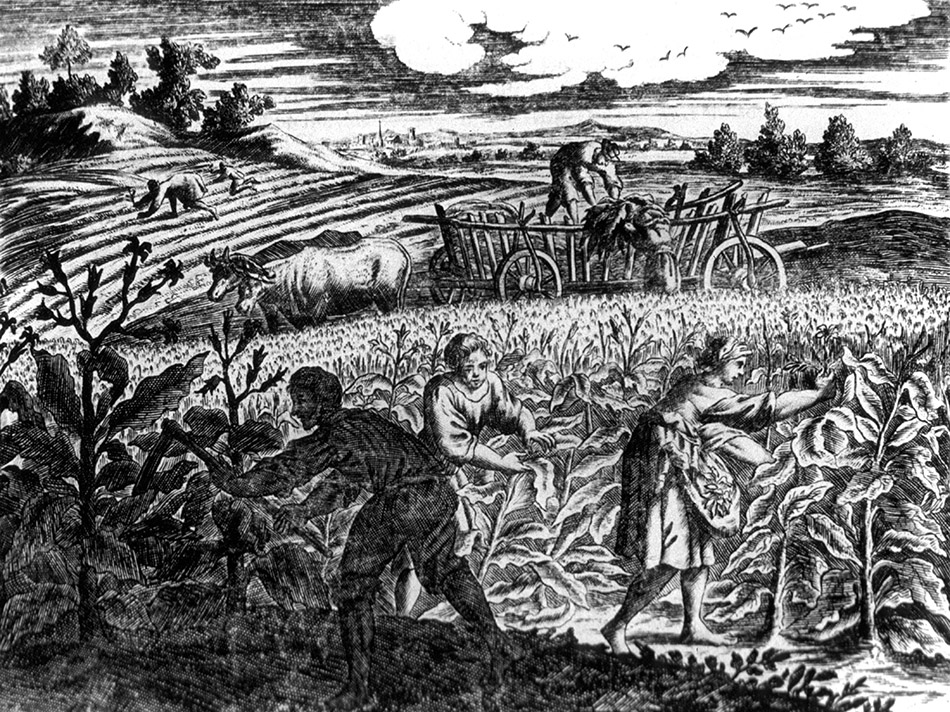
Cultivation and Harvesting Tobacco, 1722. NLM/Science Source.
To get started, you can explore the thirty-four resources that make up this unit in two different ways: by section or by theme. Each resource comes with background information, a vocabulary list, and suggested activities for how you might integrate it into your lessons. Resources can be printed out individually or with various supplements included, depending on how you want to use them with your students. There are also links included on each resource page that will allow you to explore other resources that connect by topic or theme, so you can continue to follow interesting threads and see where they take you.
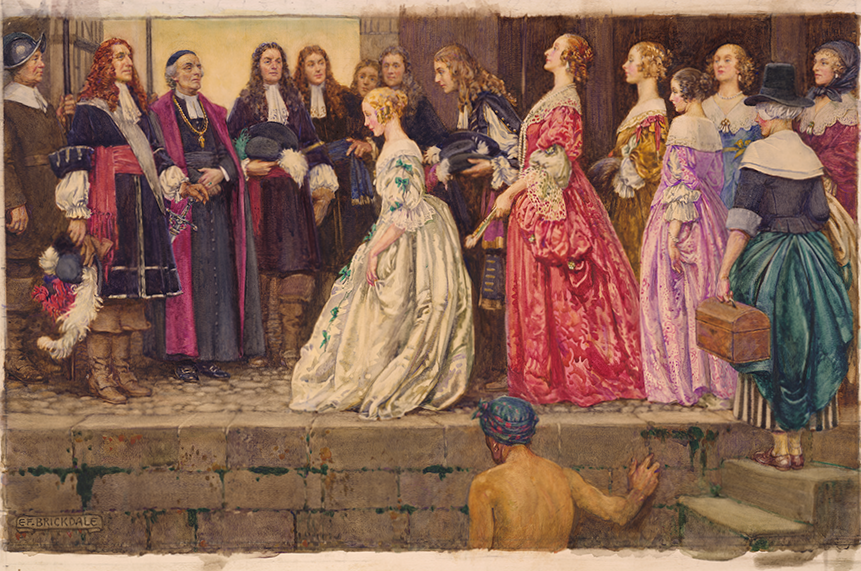
Eleanor Fortescue-Brickdale, Arrival of the Brides, before 1927. Library and Archives Canada, Acc. No 1996–371–1.
Unit Essential Questions
1. In what ways did women experience the early colonial period?
2. How did women’s experiences vary as a result of race, class, age, gender identity, and geographic region?
3. Why is it important to consider women’s narratives when learning about the early colonial period?
Explore by Section
To learn about the early colonial period by geographic region, explore the sections below!
Dutch Colonies
Under the direct control of the Dutch West India Company, the New Netherland territory covered most of present day New York State, as well as parts of Connecticut, New Jersey, and Delaware.
Go NowEnglish Colonies
The history of the early English colonies in North America can be divided into two familiar stories: the southern colonies of Virginia, Maryland, and the Carolinas; and the northern colonies known today as New England.
Go NowSpanish Colonies
After the early years of invasion, two colonial territories were established: New Spain in North America, and Peru in South America.
Go NowFrench Colonies
Most citizens who immigrated to the French colonies went to the Caribbean, leaving the vast territory of New France that stretched south from the St. Lawrence River along the Mississippi River, and west along the Great Lakes, sparsely populated.
Go NowFor more information and resources about the Dutch and English colonies, see our curriculum guide New World—New Netherland—New York.
Explore by Theme
Explore resources related to common curricular topics and themes.
View All Resources
Discover all the resources in this unit below and click through to the sections to find even more background information.


